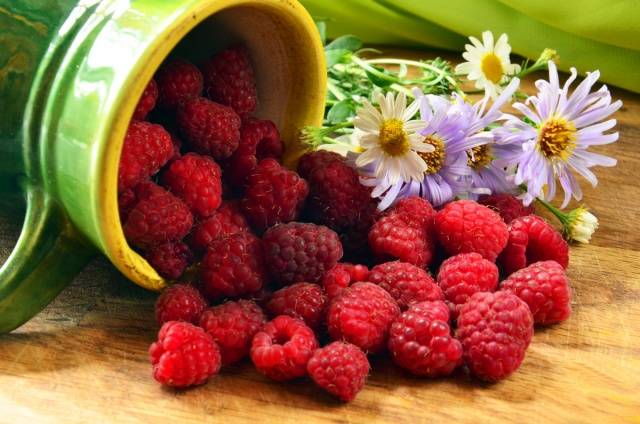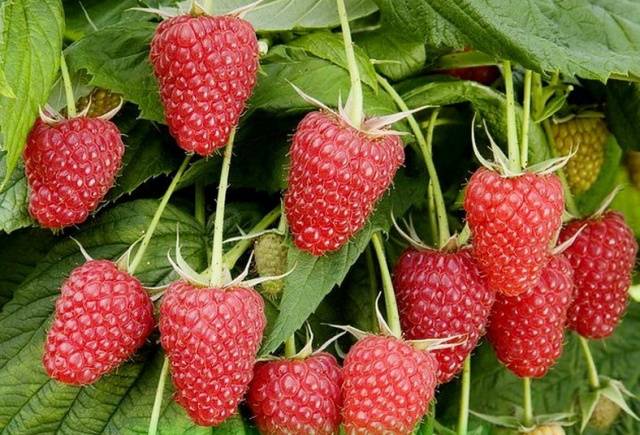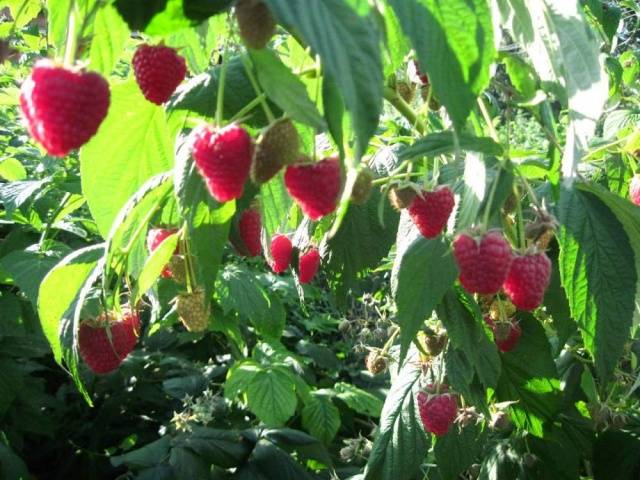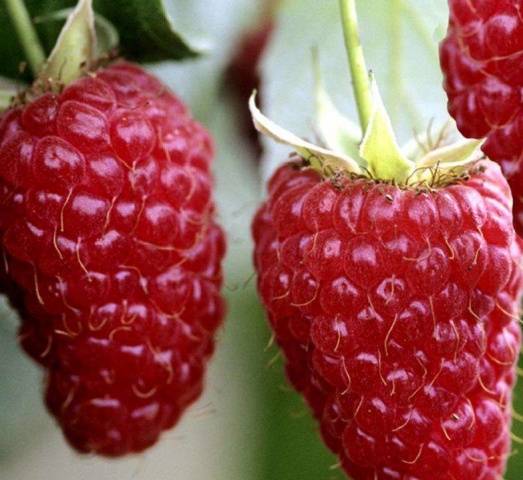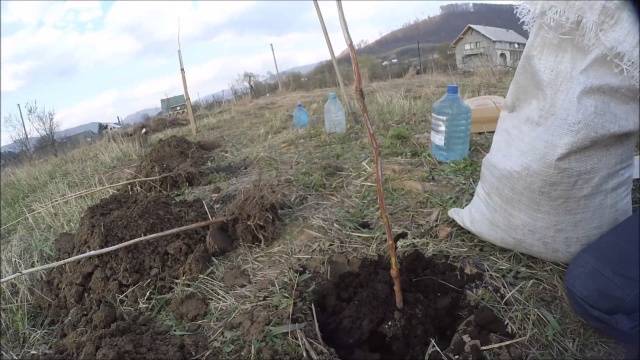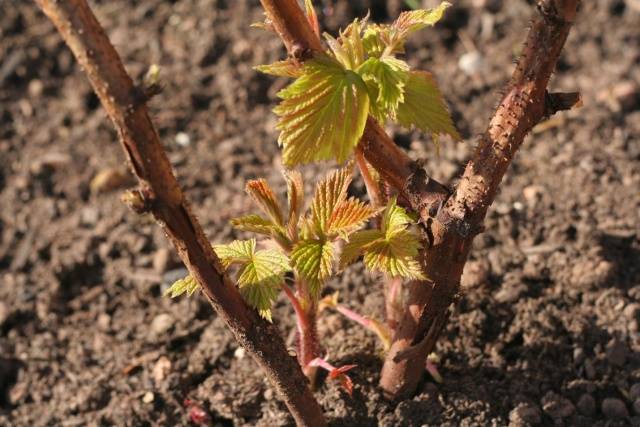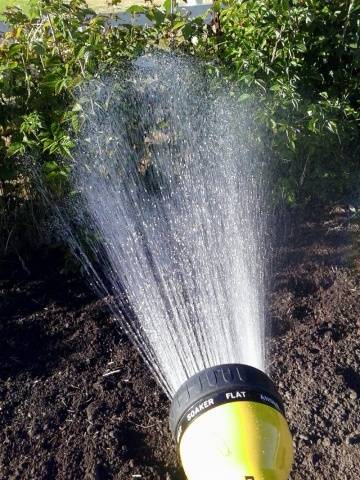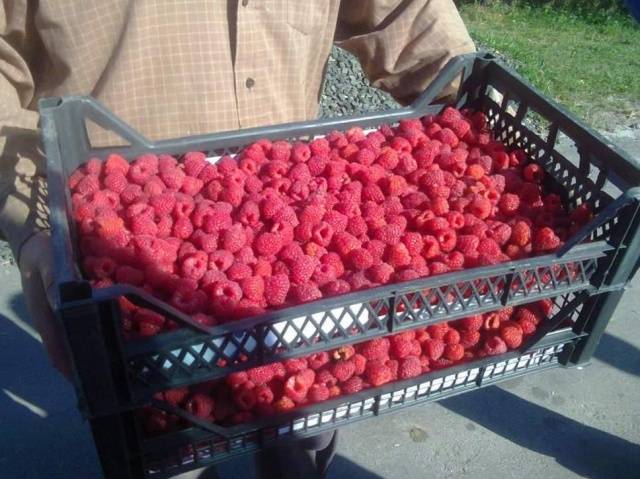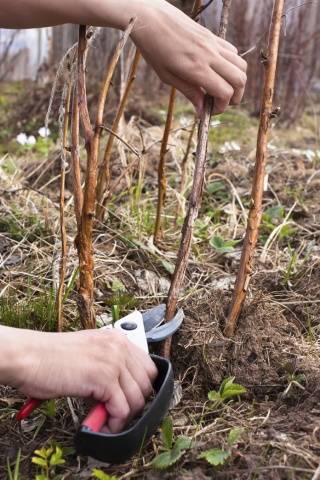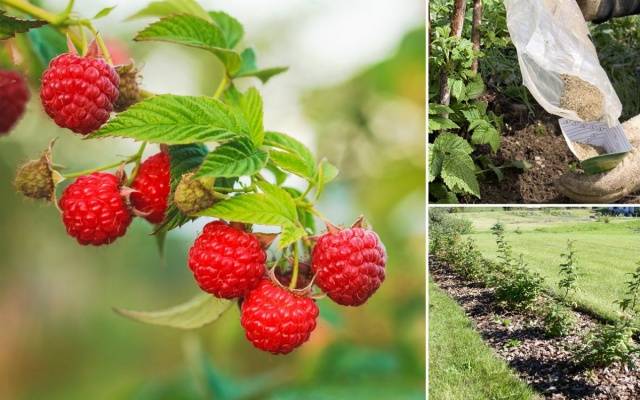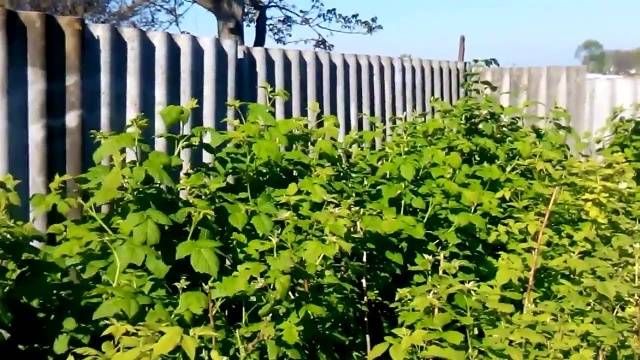Content
There are a lot of varieties of raspberries, like other fruit and vegetable crops, today. Among them, you can find remontant, deseated, large-fruited, late and early, with berries of unusual taste and color. It has been noticed that gardeners and summer residents prefer common, time-tested varieties, such as raspberries, from which you can cook aromatic jam and enjoy fresh berries for as long as possible to all the "exotic" gardeners and summer residents. One of these varieties is Tatiana raspberry. In principle, this variety is simple, but raspberries have their own secrets.
Description of the raspberry variety Tatyana, photos and reviews about her can be found in this article. Here you will find interesting facts about this raspberry, it will tell you how to properly grow the variety.
Detailed characteristics of the variety
The raspberry variety Tatyana was bred in Russia, which means that it is well adapted to local conditions and climate. Often sellers of raspberry seedlings declare that Tatyana is a remontant variety. However, this statement is erroneous. The confusion in the definition arose due to the very long and extended period of fruiting in Tatyana: the berries are formed and ripen much longer than in other non-repaired varieties.
Of the interesting features of the variety, you can note also a very weak spike in the shoots - Tatiana's bushes practically do not have thorns. The bushes look very compact and even decorative due to the fact that each plant gives only about 12 replacement shoots.
Description
Before buying seedlings, you must familiarize yourself with the description of the Tatiana raspberry variety. A detailed description of this culture looks like this:
- the ripening time of raspberries is medium early;
- extended fruiting - the crop can be harvested from the beginning of July to the last days of August;
- during the season it will turn out to collect 5-6 full-fledged harvests of Tatyana;
- the yield is generally high - up to ten kilograms of berries from each bush;
- raspberries hold well on the stalks, while breaking off easily, without much effort;
- large raspberries, each berry weighs from 12 to 20 grams;
- the surface of the fruit is bumpy, the berries are dense;
- when ripe, the raspberry becomes pale red, a slight hairiness of the fruit appears;
- the seeds in the berries are practically not felt, since they are very small and soft;
- the taste of the raspberry variety Tatyana is excellent: moderately sweet, with a slight sourness;
- raspberry pulp is dense, but tender and juicy;
- Tatyana's aroma is rich, leaving a long pleasant aftertaste;
- fruits for universal use (excellent fresh, suitable for preparing compotes, desserts, preserves and jams, show themselves well in freezing);
- frost resistance of the Tatyana variety is high - the bushes are able to withstand a decrease in temperature in winter to -30 degrees;
- raspberries have immunity against aphids, and this insect often carries various infections;
- Tatiana is resistant to root rot and various fungal infections;
- raspberries are unpretentious, not picky about the composition of the soil or the peculiarities of the climate - the Tatiana variety is great for beginners and inexperienced gardeners.
Pros and cons of the variety
Large-fruited raspberry Tatiana has a main plus - beautiful large berries, the photo of which, rather, resembles an illustration for a fairy tale. However, this variety has other advantages, such as:
- high taste;
- the suitability of the crop for transportation (dense berries do not drain);
- long fruiting period;
- high productivity;
- easy reproduction, due to the large amount of overgrowth;
- resistance to various diseases and pests;
- high frost resistance;
- compactness of bushes, which allows you to grow raspberries in small areas.
The raspberry variety Tatyana also has some disadvantages. Of these qualities it is worth noting the pronounced ability of the bush to grow, which forces the gardener to constantly thin out the raspberry tree, monitor its shape and size. Do not forget about the recommendations regarding the shelter of raspberries for the winter: Tatyana, nevertheless, it is advisable to cover or at least use mulch to protect the roots from freezing.
Growing rules
Reviews of the Tatiana variety are mostly positive. The first thing that gardeners and summer residents note is the unpretentiousness of the culture. Raspberry seedlings take root well, grow quickly and give a good harvest the next year. If you care for the raspberry, water, fertilize and properly cut the shoots, then the yield of the Tatyana variety can be increased several times.
How to plant raspberries
The Tatiana variety, most often, is propagated by seedlings with an open or closed root system. It is better to buy seedlings in proven nurseries, giving preference to raspberries with a closed root system.
Tatiana's seedlings are planted in the fall, if the soil is not frozen, you can plant it at the beginning of winter (after that the raspberries are sure to take cover). Seedlings with a closed root system can withstand summer heat, so they can be planted even in summer, but this is best done in mid-spring.
Tatiana's raspberry planting is done as follows:
- They dig a hole with a shovel or garden pitchfork, the dimensions of which are 0.4x0.4x0.4 meters.
- It is necessary to leave about 120 cm between the neighboring bushes. It is recommended to make the row spacing wider - about 150 cm, so that it is convenient to care for the raspberry and to harvest.
- A mixture of organic and mineral fertilizers is introduced into each prepared pit: rotted manure, potassium chloride and superphosphate. After this, the fertilizer must be thoroughly mixed with the ground.
- Now we pour 10-13 liters of water and let it be completely absorbed.
- Immediately proceed to the direct planting of a raspberry seedling. Place it in the center of the pit, gently straighten the roots and gradually sprinkle it with dry fertile soil.
- Now, near each of Tatiana's seedlings, you need to make a groove and pour a bucket of water.
It is very simple to propagate Tatyana's raspberries. It is enough to buy a few seedlings, and next year get a couple of dozen replacement shoots (overgrowths). By rooting these shoots, gardeners get quite viable raspberry seedlings.
How to care
As already mentioned, Tatyana is not a remontant raspberry, therefore, you need to take care of her like a regular variety. To make the harvests happy, the owner of the raspberry tree must do the following:
- weed the aisles in the raspberry bushes, removing all weeds and loosening the soil 3-5 cm deep. This will help the roots "breathe" and save the raspberries from fungal infections.
- To prevent the soil from drying out and cracking, it is advisable to use mulch.Sawdust, straw, peat, humus, cut grass are suitable as a mulching layer for Tatyana.
- Watering raspberries is a must, especially if the summer is dry. Usually, watering is stopped after the formation of berries, and resumed immediately after the last harvest. Better winters are those raspberries that "got drunk" in the fall.
- It is recommended to thin out Tatiana's dense bushes, cutting out excess shoots and shoots. If this is not done, the rows will become too dense, which will affect the quantity and quality of the berries. Poor ventilation can lead to infection of the raspberry tree, slugs and other parasites.
- It is necessary to harvest the Tatyana variety in a timely manner. Although the berries hold well on the stalks, they do not crumble to the ground, but when overripe, they are not very tasty. In addition, ripe fruits interfere with the development of the next wave of the harvest.
- You need to trim non-remontant raspberries twice a year. In autumn, two-year-old shoots that have borne fruit are cut out, diseased and weak branches are removed. In the spring, gardeners carry out preventive pruning of raspberries: they cut out frozen or dry branches, prune young shoots by a few centimeters.
- So that Tatyana's roots are not covered with ice, it is better to protect them. In this case, humus mulch works great: it serves both as a shelter and as fertilizer. The protective layer should be at least 5 cm thick. Sawdust or dry foliage can also be used.
- In the spring, Tatyana's raspberries are fed with mineral fertilizers, focusing on potassium and phosphorus, but in the fall it is allowed to use organic matter (mullein, bird droppings, humus, compost, wood ash).
In general, it is easy to care for the Tatiana variety - even a beginner can handle it. And in return, raspberries will reward the gardener with an excellent harvest of large berries.
Feedback
Conclusion
Even with minimal care, the Tatiana variety will delight you with a stable harvest. Although this raspberry does not belong to the remontant species, it bears fruit for a very long time, allowing you to collect several crops over the summer. The berries are large, beautiful, dense, have a pleasant taste and strong aroma. We can recommend the Tatiana variety to novice gardeners, as well as to those who want to grow berries for commercial purposes.
